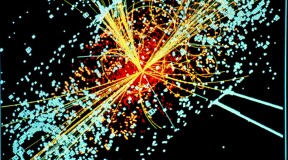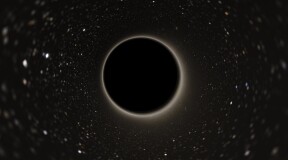-
en

Science & Education - page 17
Mars base for children to be built in Gobi desert
How Does Space Travel Affect the Human Body?
What is hidden under marine debris? Google founder’s NGO makes startling discovery
A foam plastic knife and other wonders of chemistry
Digital Science's CEO talks about Open Research
Why do volcanic gases and ash move at high speed? Scientists explain
The first ever photo of a black hole has been published
How NASA illuminated the northern lights
Look at the board: Chinese schools are testing the attention-level monitoring system
Paleontologists Report the Discovery of Modern Whales’ Ancestors
How do high-rise buildings harm migratory birds?
Plants will help us colonize Mars


















